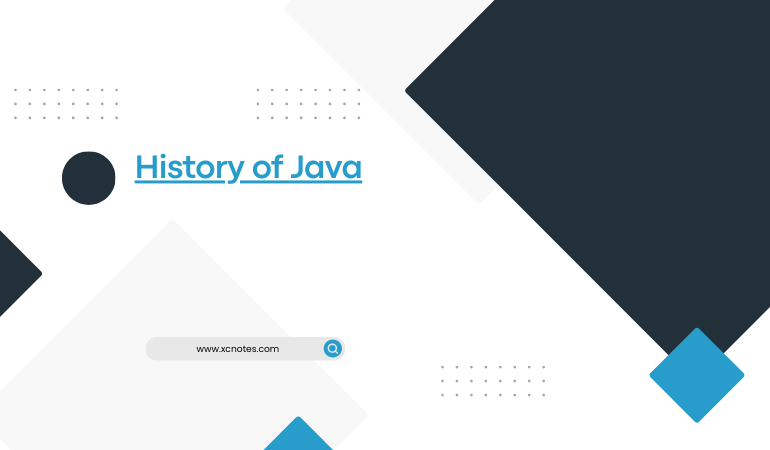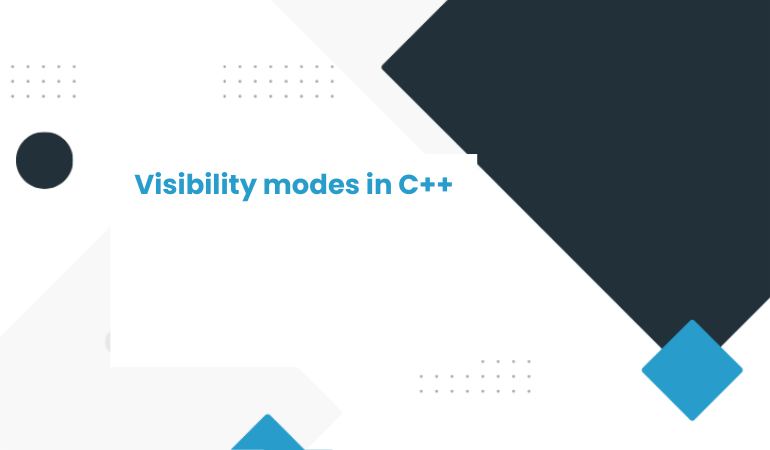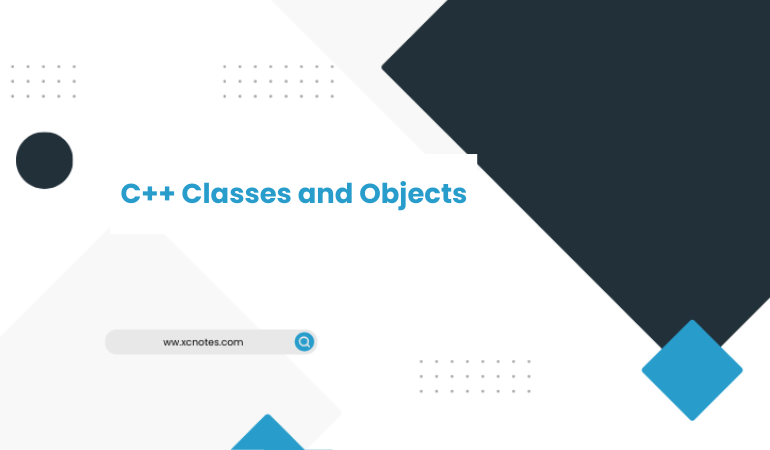
History of Java
Java is an object-oriented programming language developed by James Gosling(James A. Gosling a famous software developer, born on May 19, 1955, Canada) at SUN Micro Systems(Since 1984, he has been associated with Sun Micro Systems and developed the Java Programming language in 1991). The language was initially called OAK(named after the OAK trees outside Gosling’s office).
In 1991, Sun MicroSystems(USA) developed a complete language as a part of research work to develop software for consumer electronics. It was developed as a full-fledged programming language in which one can accomplish the same sorts of tasks and solve similar problems that one can do in other programming languages such as BASIC, C++, etc. The platform’s independence is one of the main advantages (different CPU and operating system architecture). Means moving (programs)easily from one computer system to another.
JAVA was designed to execute applets(an application designed to be transmitted over the internet and executed by a Java-compatible Web browser), downloaded while Web browsing. But gradually, the language has been gaining wide acceptance as a programming language, very often replacing C and C++.
Detail History of Java
Java Milestones…
1990—-A team of Sun Microsystems programmers headed by James Gosling was formed to undertake this task.
1991—-The team announced a new language named “OAK”;
1992—-The team(Green project team)demonstrated the application of their new language to control a list of home appliances using a hand-held device with a tiny touch-sensitive screen.
1993—-The team(Green Project team) came up with the idea of developing Web APPLET(the tiny program which runs on all types of computers connected to the internet).
1994—Team developed a Web browser called “Hot Java” to run the applet.
1995—-Oak was renamed “Java”.
1996—Sun release JDK 1.0(java development kit)
1997—- Sun release JDK 1.1(java development kit)
1998— Sun released Java 2 with version 1.2 of SDK(software development kit SDK1.2)
1999—- Sun release Java 2 platform, J2SE(Standard edition), J2EE(Enterprise edition)
2000—J2SE with SDK1.3
2002—J2SE withSDK1.4
2004—-J2SEwith JDK5.0(J2SE 5.0)



Фурнитура для тента грузового автомобиля
Pretty! This has been an extremely wonderful post. Thank you for providing these details.
aqm.by
Thanks for any other wonderful article. The place else could anyone get that kind of information in such an ideal way of writing? I have a presentation subsequent week, and I am at the search for such info.
такого типа
I like the valuable info you provide in your articles. I will bookmark your blog and check again here frequently. I’m quite sure I will learn many new stuff right here! Best of luck for the next!
этого списка
Я оцениваю объективность и сбалансированность подхода автора к представлению информации.
why not try these out
I am regular reader, how are you everybody? This piece of writing posted at this site is really pleasant.